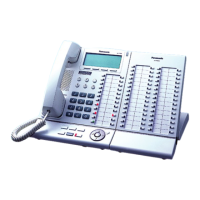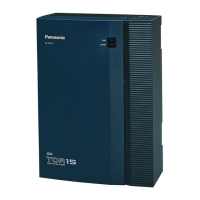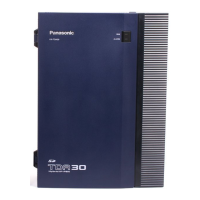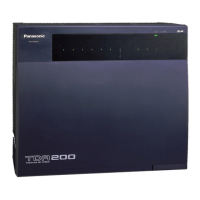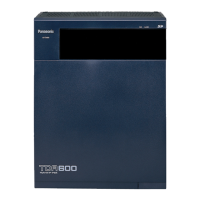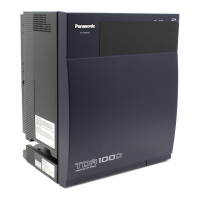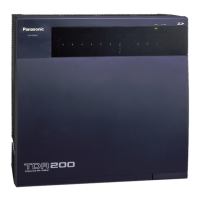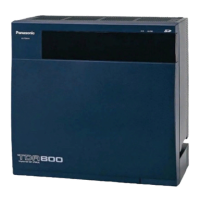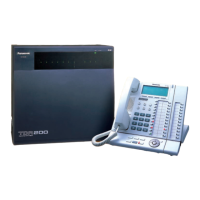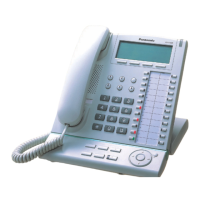2.3 System Data Control
Feature Guide 231
2.3 System Data Control
2.3.1 PC Programming
Description
Although many PBX features can be programmed using a proprietary telephone (PT) (→ 2.3.2 PT
Programming), a PC connected to the PBX can use the KX-TDA50 Maintenance Console software to
program in further detail. System programming, diagnosis, and data upload/download can be performed
either through on-site programming or remote programming.
1) On-site Programming: Programming that is performed using an on-site PC connected directly to
the PBX.
2) Remote Programming: Programming that is performed using an off-site PC that connects to the
PBX via a CO line.
1. Connection Methods for On-site Programming
Method Description
Required
Hardware
Serial Interface
(RS-232C port)
The PC is connected to the PBX via the Serial Interface
(RS-232C port) of the PBX.
—
USB The PC is connected to the PBX via the USB port, or to the
USB port of a USB Module attached to a digital proprietary
telephone (DPT).
USB Module
Modem
(connected to SLT
port)*
The PC is connected to a modem, which is then connected
to an SLT port of the PBX. Use the modem to dial the
floating extension number assigned to the analog remote
maintenance feature (→ Modem Floating Extension
Number [811]) to access the PBX.
RMT card and
user-supplied
modem
* Remote access must be enabled through system programming (→ Remote Programming [810])
when performing on-site programming via modem.
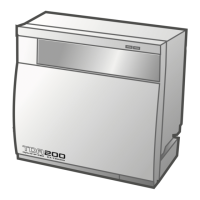
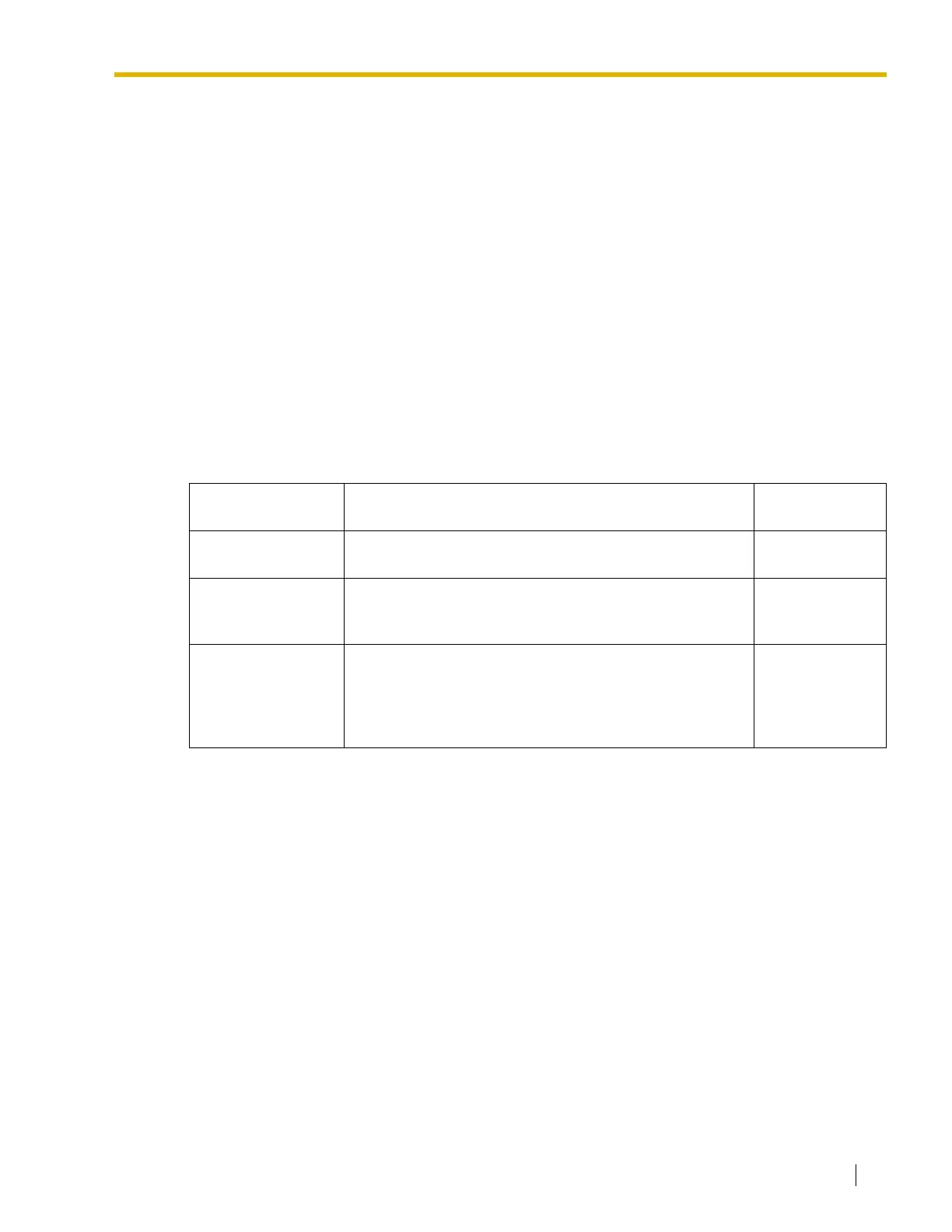